Something You Never Forget
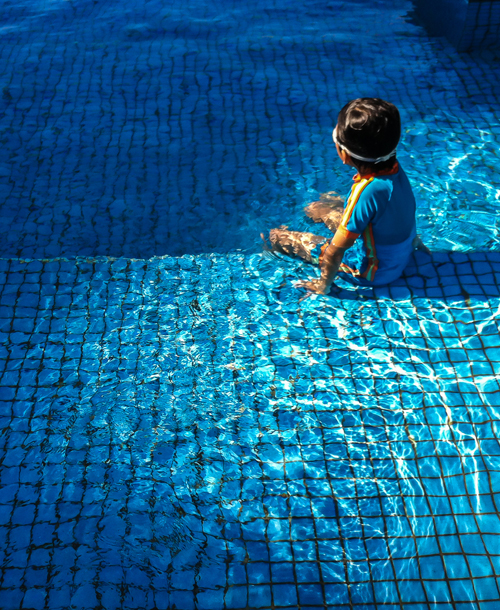
It’s one of those moments I will never forget. We were poolside at my brother-in-law’s house. Our toddler son (pictured with me) ran straight to the water—and dropped in. Or rather, slipped in. I was standing right next to him, and I did not hear a sound. I just watched him sink to the bottom of the deep end. If my husband had not leaped in and pulled him to the surface, I’m sure he would have drowned.
Drowning, you see, looks nothing like it does in the movies. The splashing, the kicking, the hollering “Help! I’m drowning!”—that can be goofing around. But it is not the real, deadly thing.
Want to know what to look for as your kids horse around in the water this summer? Read on.
It's Quiet
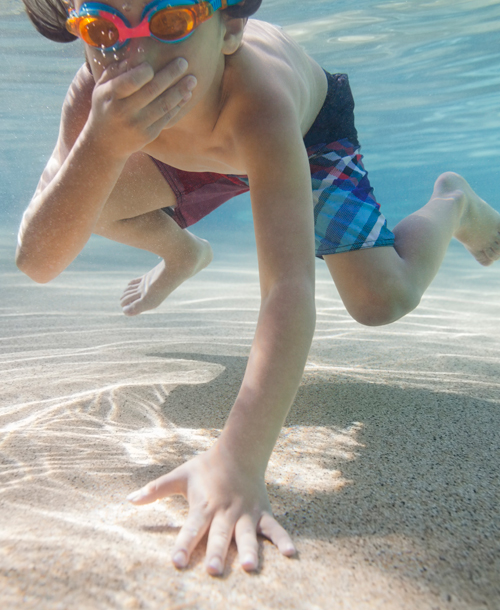
“Drowning is silent,” says Dr. Linda Quan, vice-chair of the American Red Cross Scientific Advisory Council.
Drowning people direct their entire effort toward keeping their nose and mouth above the water so they can breathe. They cannot spare any excess energy for yelling or splashing. Plus, they may be aspirating, or breathing in, water, which would shut off their voicebox. But that choking on water—that may be quiet, too.
They're Vertical and Don't Kick
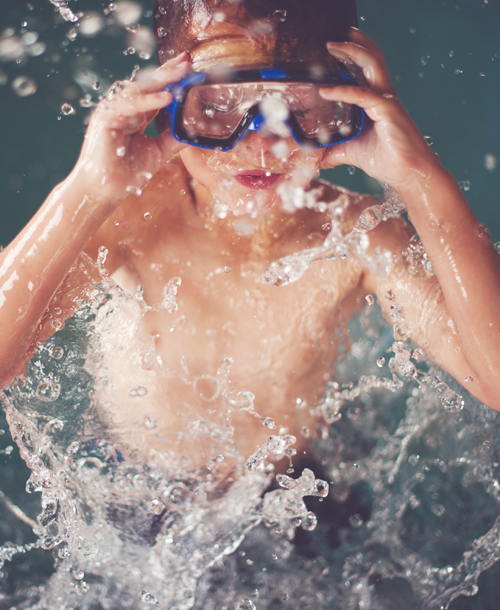
A drowning person is not floating. She is not swimming, or moving meaningfully in any direction. She is vertical in the water.
“If your child is not in a life jacket, and suddenly she goes vertical—or she’s bobbing in the water, her head is going up and down in the water—that means she is in trouble,” Quan says.
Also, don’t expect her to kick; she would be unable to expend that kind of energy. But she may extend her arms laterally in the water, trying to leverage her airways out of the water. That could cause a little splashing, but nothing dramatic.
Other Signs You Might See
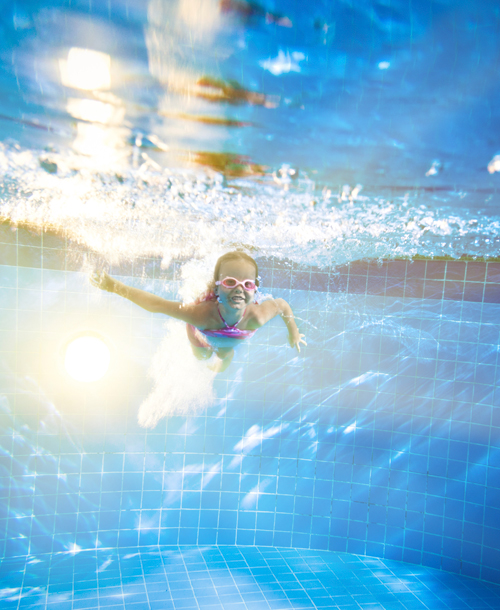
Mario Vittale, a water safety expert and a former U.S. Coast Guard rescue swimmer, lists these additional signs on his blog:
- Head low in the water, mouth at water level
- Head tilted back with mouth open
- Eyes glassy and empty, unable to focus
- Eyes closed
- Hair over forehead or eyes
- Hyperventilating or gasping
- Trying to swim in a particular direction but not making headway
- Trying to roll over onto the back
- Appearing to climb an invisible ladder
It Happens Quickly
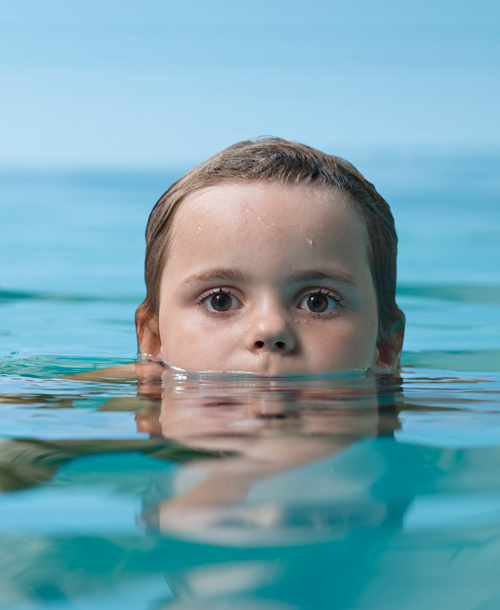
How fast? Maybe 60 seconds of struggle for an adult, and only 30 seconds for a kid—then they go under. And the longer it takes to get someone out of the water, the likelier it is that damage will be done. All told, there’s usually only a few minutes from distress to fatality.
“Drowning is not kind,” Quan says. “It doesn’t give you leeway.”
No wonder that drowning is the second-leading cause of accidental death for children ages 1 to 14, behind motor vehicle crashes, according to the Centers for Disease Control and Prevention.
But My Kid Knows How to Swim!
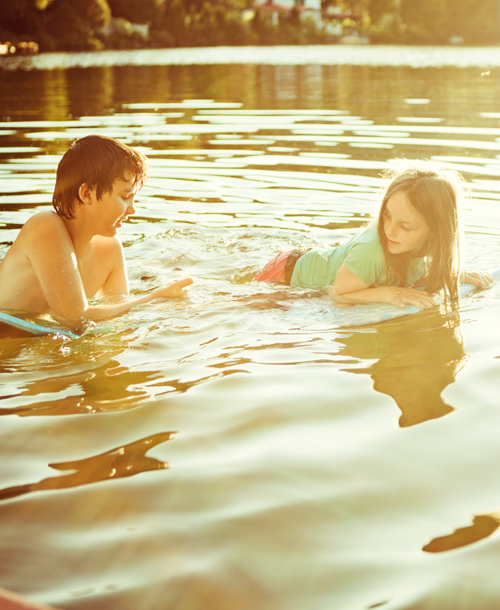
Doesn’t matter—he could still be at risk. What if another kid kicks him, or he’s playing a game and by mistake breathes in some water? Could that derail him enough to trigger a crisis?
My own daughter struggled a few weeks ago at a swimming hole we visited on a hiking trip. She’s a 9-year-old who nearly joined the Y swim team a year ago. But she tired while paddling around a rock. Then, by mistake, her friend pushed her head under water. “Mommy, I nearly drowned!” she cried afterward. I was right there on the beach. I saw none of it.
Holding Your Breath Is Not a Game
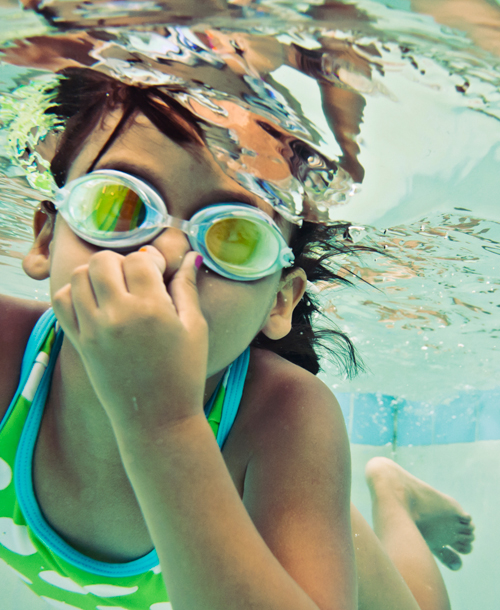
Rhonda Milner’s son was 25 years old and training for a spearfishing trip when he died while holding his breath underwater in his family’s swimming pool. “There were even people around the pool, and he thought someone would see, but they didn’t,” says the Atlanta doctor.
The 2011 tragedy spurred Milner to launch the Shallow Water Blackout Prevention website. “People think if you hold your breath underwater, that your body will let you know when you need to get air,” she says. “That’s not always true.” Instead you may pass out before you even realize what is happening, she says. For more information, see the organization’s website.
As for Babies and Toddlers ...
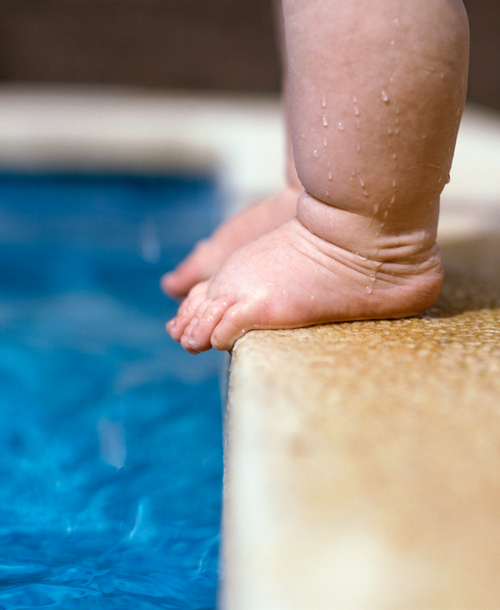
“You have to watch them constantly,” Quan says. “Toddlers, they don’t get it. If they are chasing a ball or want to get somewhere, they just go. They don’t understand about water, or water depth.”
An adult should be no farther than arm’s length, at all times, from a toddler in the water, Quan says. And this applies to bathtubs as well as swimming pools. “Parents get into big trouble if they think they can be in another room when their kid is taking a bath,” she says. Any child under 5 years old can drown quietly in a tub, even when the door is open and the parent is just out of sight, she says.
Stay Vigilant
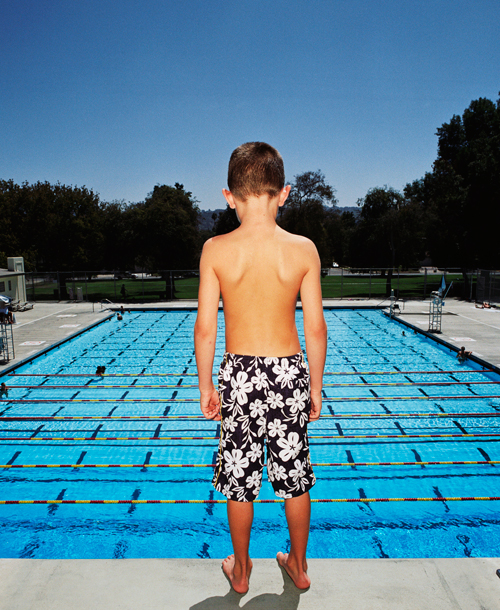
A lapse in adult supervision “is the single most important” contributory cause for childhood drowning, according to the World Health Organization.
“You cannot be distracted,” Quan says. “You cannot be on the phone. You cannot be socializing. Your job has to be to watch” your swimming children. And beware alcohol. Most of the time, when children or teens drown in the presence of adults, it’s because those adults were drinking beforehand, the WHO reports.
MORE: Beyond Sunscreen
Have a Backup

Don’t assume that, because other adults are around, you don’t need to watch the water closely. “Everybody thinks everybody else is watching,” but often that means no one is, Quan says. So see if your friends want to take turns with you on lookout duty. And don’t assume you can rely on the lifeguard. Use him as your backup. Remember, he’s got lots of kids to watch—not just yours.
For more information, check out these resources from the American Red Cross:
Circle of Drowning Prevention</a>; Chain of Drowning Survival</a>; Home Pool Essentials</a>; Water Safety Tips




